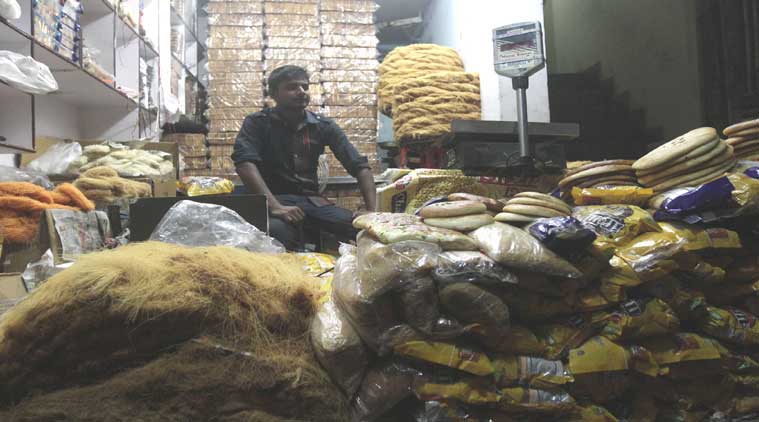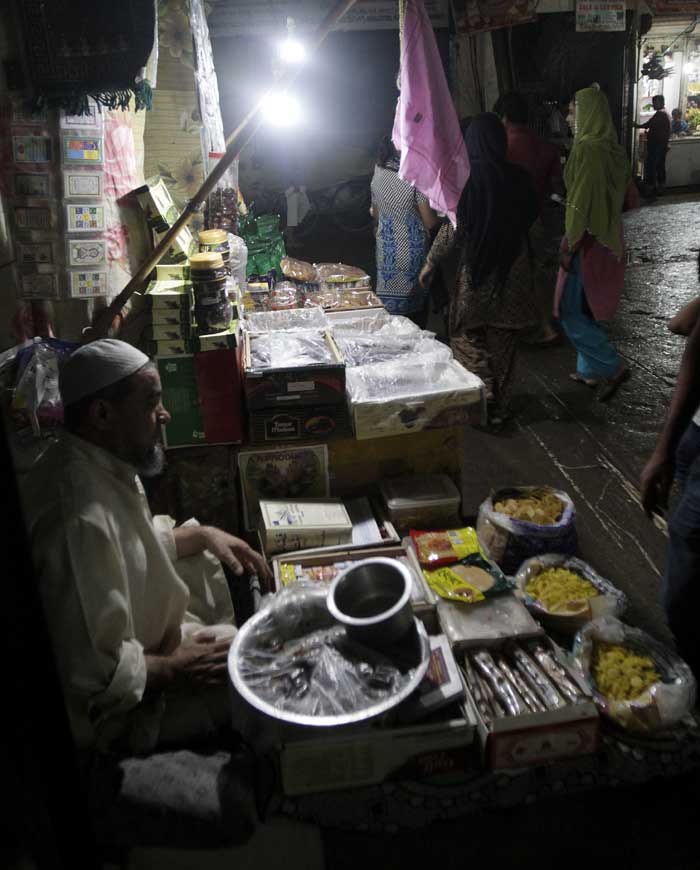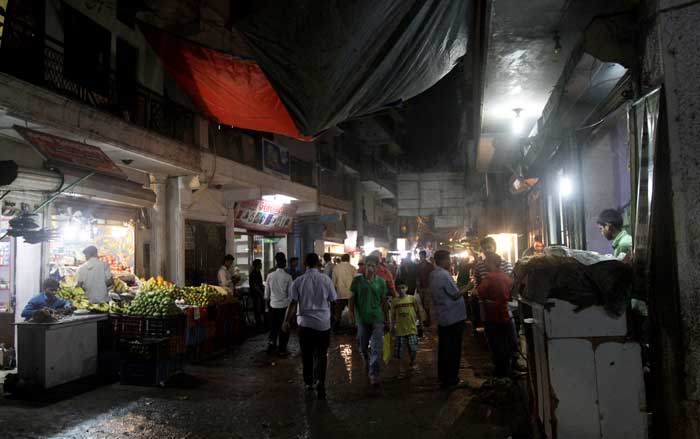Stay updated with the latest - Click here to follow us on Instagram
Inflation plays spoilsport at Delhi’s Hauz Rani on Ramzan
Streets lack the hustle-bustle that one expects during the holy month of Ramzan.
 Food Shops at Hauzrani during Ramzan in New Delhi. (Source: Express Photo by Praveen Khanna)
Food Shops at Hauzrani during Ramzan in New Delhi. (Source: Express Photo by Praveen Khanna)As we enter Hauz Rani, in Qila Rai Pithora in south Delhi, through a dimly lit alley, we are suprised to see streets lacking the hustle-bustle that one expects during the holy month of Ramzan.
Men with kohl-rimmed eyes, in crisp white suits and taqiyah, with heads bent come out the Badi Masjid, the 800-year-old mosque, after iftar. This is the only indication that it is Ramzan, for, the surroundings are made up of half-empty streets and empty shops.
Shopkeeper Baba Khan waits patiently for customers to buy silmal (double-roti), papad, sewai in multiple flavours and khajur. “Ramzan has changed a lot over the past 18 years. Initially, sales would increase during the festival months. Poverty, high prices and the humidity have resulted in less sale this year,” he says.
Gulam Habib, the chicken soup stall owner from Kabul, has the same thing to say, “I left my petrol pump in Kabul and came to India. I started selling chicken soup to support my family but sales are very low this year.”
Even the kadhai karigars from Kolkata and Uttar Pradesh are at pains to find clients though Sheikh Abbas Ali, a kadhai karigar from Kolkata puts a positive, even satirical, spin on it. “This year, I have no worries because people have no money thanks to inflation and I have no deadlines to meet. So I am relaxing,” he says.









